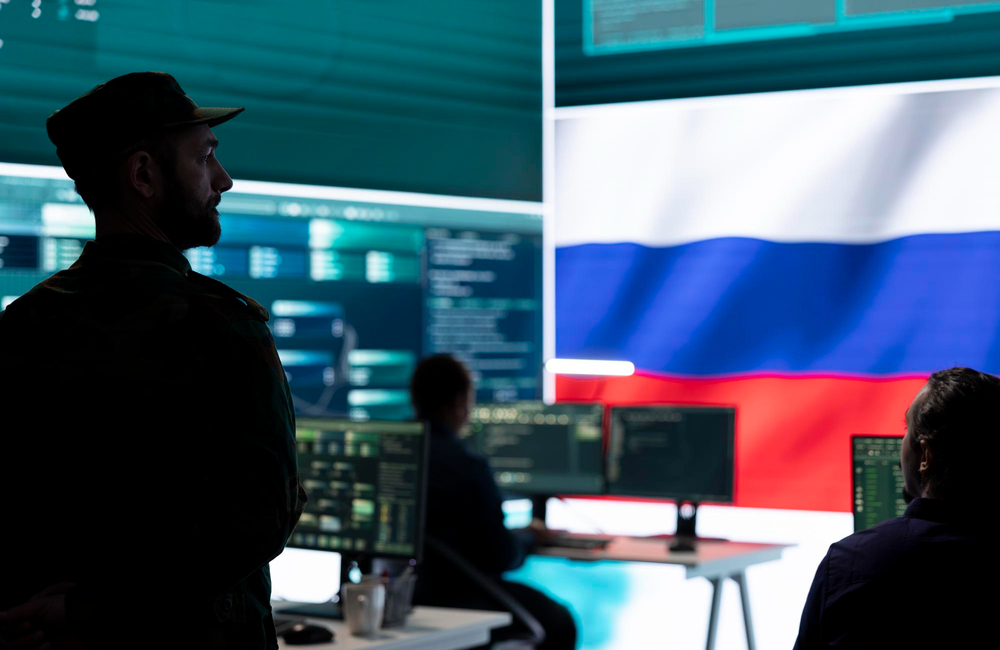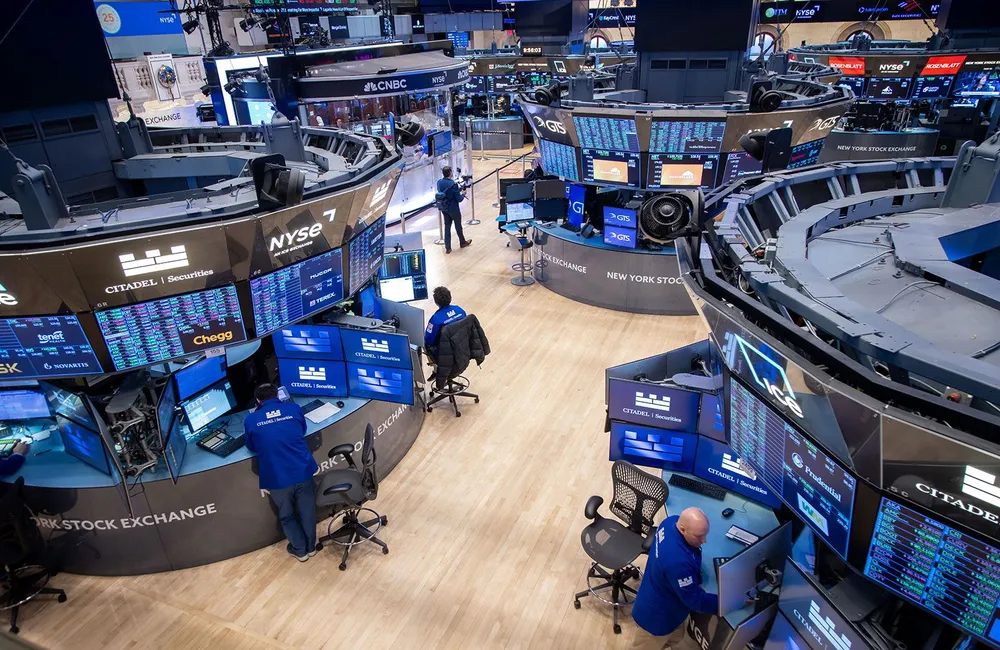Shortly after Russia recognised rebel-held territories in Eastern Ukraine as independent states, Russian troops began pouring into the region to carry out what Moscow called a ‘peacekeeping operation’.
The move addresses what’s been an open question for investors: whether Putin’s troop buildup in recent months was just a bluff—no, and markets have started pricing in the reality that efforts to de-escalate the situation have failed.
Gainers
With the price of Brent crude oil futures up to a seven-year high of around $100 a barrel, European majors such as Shell (SHEL, +1.7%), BP (BP., +0.7%) and Eni (ENI, +1.2%) were leading the way higher.
In the US pre-market, the sector’s outperformance was even starker, as Exxon (XOM, +0.8%), ConocoPhillips (COP, +2.6%) and Chevron (CVX, +1.7%) rode the wave of higher crude prices. This is to say that strategist Allen Good’s prediction in late January that U.S. energy majors’ greater focus on crude oil makes them a more direct bet on higher geopolitical risk premiums.
A renewed armed conflict within Europe is simultaneously opening the possibility of higher defence spending in the West. “The intensified threat environment is set to put upward pressure on the defense spend outlook for NATO members,” Berenberg analysts led by Ross Law said in a note last week.
The luck of pricier raw materials due to less Russian supply is tempering some of the tailwind for defense stocks; nevertheless, Tuesday’s star performers included all of the European defense majors. In its note, Berenberg singled out BAE Systems (BA., +0.4%), Airbus (AIR, +1.3%) and Rheinmetall (RHM, +1.9%) as particularly well-placed to capture a demand boost from conflict.
Losers
In the hours after Putin’s statement, the ruble slid 3% against the dollar, its biggest drop since early 2020. Still, Russia’s MOEX stock benchmark fell as much as 11% early on Tuesday to keep up its months-long slide, bringing year-to-date losses to 28% with economically-sensitive sectors like banking, mining and construction falling hardest.
The jitters were palpable in Western Europe too, with the S&P 350 Europe Index down 2 percent in the morning and it progressed only to pare losses, as investors stood by to see how deep Western sanctions actually reach.
The region’s biggest losers included energy companies linked to the Gazprom-led Nord Stream 2 pipeline project, such as Uniper (UN01, -3.4% intraday) and Fortum (FORTUM, -4.2%), following Germany’s decision to stop certification of the pipeline.
European banks that have business in Russia were also among the biggest losers of the day. They featured Austria’s Raiffeisen (RBI, -7%) and Erste Bank (EBS, -3.5%), and SocGen’s (GLE, -0.7%) Russian exposure was insulated by media reports that Rosbank, its Russian unit, was well placed to assist other lenders with transactions with Russia.
Lingering doubt
It remains unclear whether or not Russia’s move into two secessionist areas was Putin’s ultimate goal, or merely a prelude to a much wider campaign against Ukraine. The market’s reaction to the conflict depends in large part on the extent of the Western economic sanctions still evolving on Tuesday.
“We do not believe the full set of sanctions threatened by the West will be implemented,” UBS CIO Mark Haefele wrote in a note following the latest developments. “This should enable the international community to leave the door open to diplomatic efforts, and to reduce collateral damage to the European and global economy.”





















